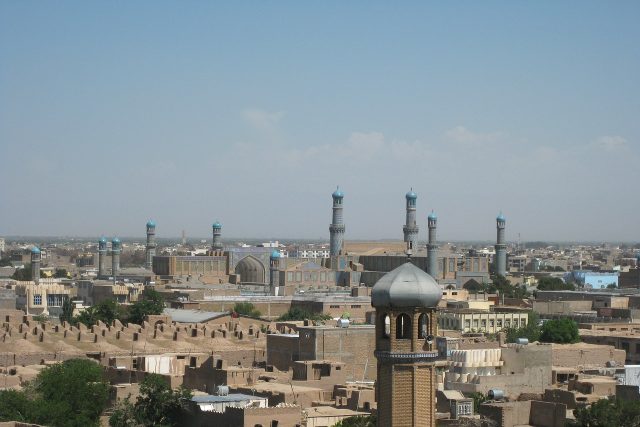The UN Office for the Coordination of Humanitarian Affairs (UNOCHA) released a report Monday regarding Afghanistan’s humanitarian needs in 2023. The Humanitarian Needs Overview (HNO) highlighted that among the economic crisis and discrimination against women and girls in Afghanistan, climate change has also contributed to the humanitarian needs of the country.The HNO took a multi-sector approach to the assessment, providing an overview of the humanitarian needs in all parts of the country–both rural and urban areas. According to the report, in 2023, 28.3 million people in Afghanistan will need “urgent humanitarian assistance” to survive. It stated that while the crisis is underpinned by 40 years of conflict, this factor has become less significant, with the main causes of this humanitarian crisis having become multi-dimensional. The report highlighted drought, climate change, protection threats–particularly for women and girls–as well as economic shocks as more pressing causes.Climate change and increased drought in particular have led to an increase in humanitarian needs in Afghanistan. According to the HNO, the proportion of households experiencing barriers to accessing water rose from 48 percent in 2021 to 60 percent in 2022. Furthermore, as Afghanistan is highly prone to natural hazards, the frequency and intensity of these has been increased by the effects of climate change. The Notre Dame Global Adaptation Index ranked Afghanistan as the eighth most vulnerable country to climate change and least prepared to adapt. This could have knock-on effects on infrastructure and agriculture, leading to increased displacement.Afghanistan’s economy also remains in decline, further adding to the humanitarian needs of the country. The HNO reported that average household debt has increased due to high levels of unemployment and sustained inflation. Additionally, 17 million people face acute hunger in 20223, including six million people being at an emergency level of food insecurity.Finally, the HNO highlighted the takeover of Afghanistan by the Taliban and its humanitarian effects on women and girls in the country. It stated that the restriction of women and girls’ rights and freedoms is “uniquely severe,” as freedom of movement, access to essential services and livelihoods are all limited. This has ultimately left a physical, social, psychological and economic negative impact.The report concluded that although two thirds of Afghanistan is affected by the humanitarian crisis in 2023, such figures are highly likely to increase in the coming years if the root causes are not addressed.




The Most Read
Сryptocurrencies
Bitcoin and Altcoins Trading Near Make-or-Break Levels
Financial crimes
Thieves targeted crypto execs and threatened their families in wide-ranging scheme
Financial crimes
Visa Warning: Hackers Ramp Up Card Stealing Attacks At Gas Stations
News
Capitalism is having an identity crisis – but it is still the best system
Uncategorized
The 73-year-old Vietnamese refugee is responsible for bringing Sriracha to American consumers
Uncategorized
Electric Truckmaker Rivian, Backed By Amazon, Ford, Raises Whopping $1.3 Billion